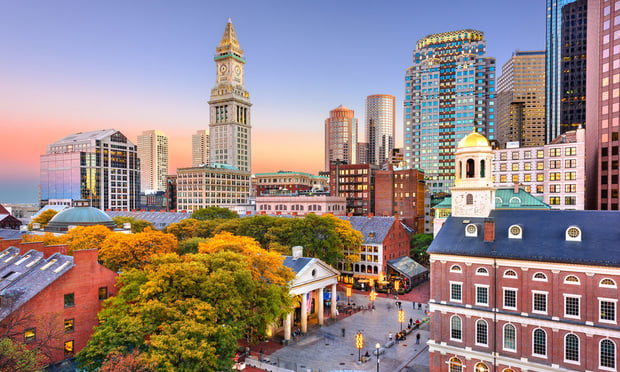Boston Mayor Thomas A. Menino signed the "Green Building Maintenance Order," his second major executive order on green initiatives. Aimed at increasing the purchase of environmentally preferred cleaning supplies, expanding recycling programs in city facilities and advancing green policies around the city, the new policy will cover approximately 400 buildings and facilities in Boston.
"This is yet another step in which the city is working toward reducing waste and creating more innovative strategies to improve the efficiency and sustainability of our operations. We have several strategies that are already working and I am committed to taking these best practices citywide," Menino said in the announcement.
Several city agencies have implemented green initiatives, including programming computers to shut off automatically overnight, converting public schools from oil to natural gas, and the use of energy-efficient lighting.
This new order came just days after the United States Green Building Council added green cleaning to its LEED certification system. As of July 1, all existing buildings seeking LEED certification must register for the new version of the system, which adds a green cleaning prerequisite and two points in a green cleaning credit once effectiveness is verified. A high-performance cleaning program is worth one point, and using sustainable cleaning products and materials can be worth up to 3 points, depending on the percentage purchased. Sustainable cleaning equipment can add yet another point to a building's score.
The intention is "to reduce the exposure of building occupants and maintenance personnel to potentially hazardous chemical, biological and particulate contaminants, which adversely affect air quality, human health, building finishes, building systems and the environment," according to the LEED for Existing Buildings: Operations & Maintenance guide, published in April 2008.
Meanwhile, Harvard University in Cambridge, MA, released the report of its Greenhouse Gas Emission Task Force, which recommended short-term goals of reducing overall emissions by 30% of its 2006 baseline by 2016. The report also recommended that the goals be reviewed and revised every four years. The University has had a green cleaning program in place since 2004.
"The goal we seek to achieve by 2016 is an aggressive one, especially in light of the prospective growth of our campus, and extraordinary efforts will be needed to meet it," said Harvard University President Drew G. Faust in the announcement. "We have consciously set a high bar for ourselves, in view of the importance and urgency--as well as the difficulty--of the challenge."
Other cities also are looking at reducing their emissions. New York City announced that it, too, would seek to reduce greenhouse gas emissions in its municipal buildings and operations by 30%, in this case by 2017, as part of a long-term plan to reduce the city's carbon footprint. A Brookings Institution report on shrinking carbon footprints in America's cities noted that transportation and energy use in Houston dropped by 8.6% from 2000 to 2005. And in 2004, Chicago adopted the Chicago Standard, which adapts the LEED standard in ways appropriate to the city, for its city buildings.
Changes to LEED, too, will help. A proposal for the system's upcoming third version, LEED 2009 will allot a number of bonus points to accommodate regional differences, such as honoring extra water control technologies in Phoenix, for example. The public comment period on the new version was completed in June, with a goal of updating the system next year.
Continue Reading for Free
Register and gain access to:
- Breaking commercial real estate news and analysis, on-site and via our newsletters and custom alerts
- Educational webcasts, white papers, and ebooks from industry thought leaders
- Critical coverage of the property casualty insurance and financial advisory markets on our other ALM sites, PropertyCasualty360 and ThinkAdvisor
Already have an account? Sign In Now
© 2024 ALM Global, LLC, All Rights Reserved. Request academic re-use from www.copyright.com. All other uses, submit a request to [email protected]. For more information visit Asset & Logo Licensing.








